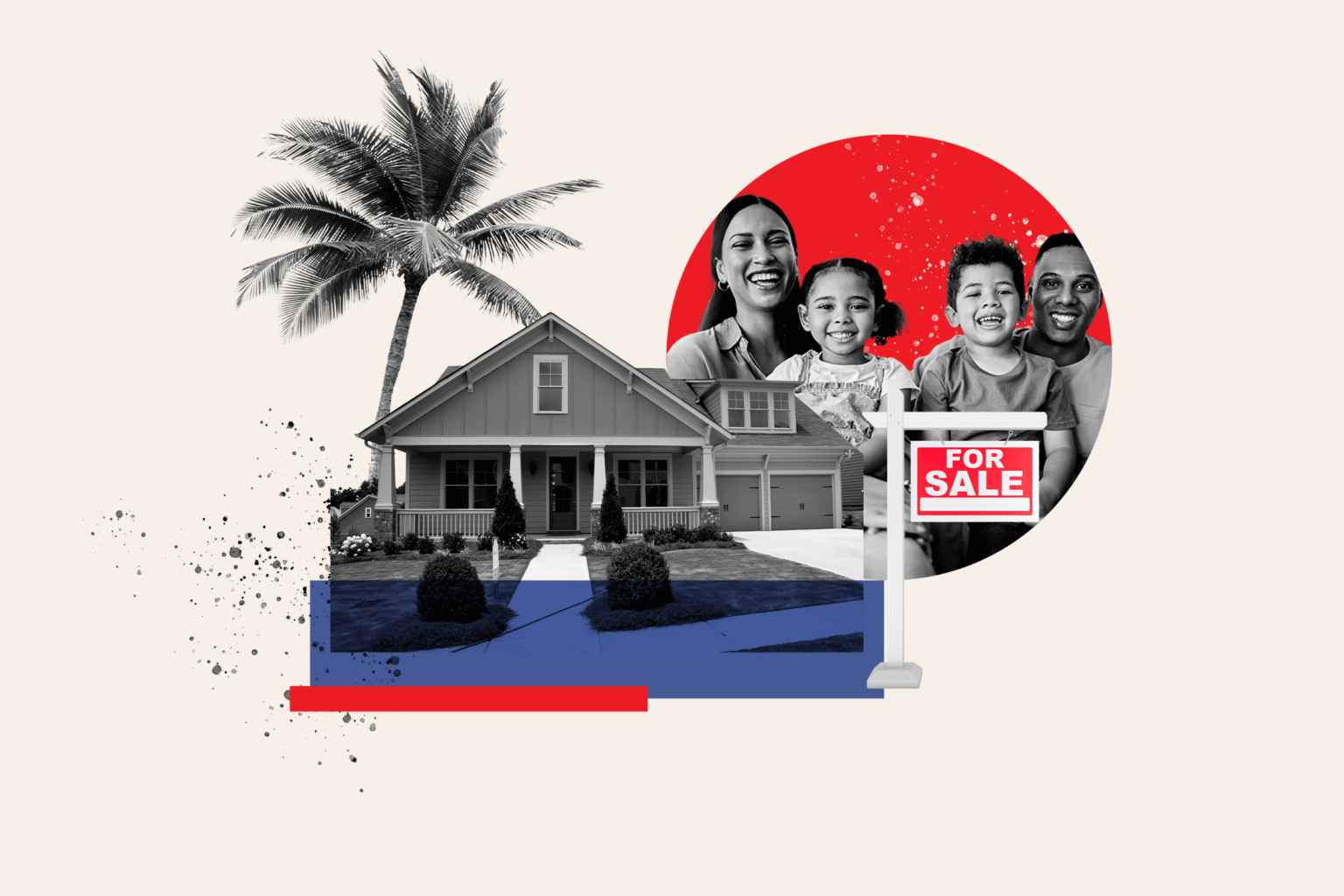Florida has reported a year-over-year increase in single-family home sales for the first time since January – a rise of 2.8 percent in June – defying the recent downward trend in the state’s struggling housing market, according to the latest data by Florida Realtors.
Falling prices might have helped: in June, the median sale price of a single-family home in the Sunshine State was $412,000, down 3.5 percent from a year earlier though still up a staggering 46 percent from 2020.
While it is too early to call this a market shift, experts believe this small increase could indicate that buyers are coming around to the current challenges facing them, including rising costs and historically elevated mortgage rates.
What Has Led To This Increase In Single-Family Home Sales?
Florida experienced a housing boom during the pandemic, when the rise of remote work allowed hundreds of thousands of people to relocate to the sunny state chasing the dream of cheaper homes and lower taxes. But as the Sunshine State was facing the same chronic shortage of homes plaguing the rest of the country, the explosion in demand resulted in house prices booming to unprecedented highs.
Over the past couple of years, Florida built more new homes than any other state in the country in an attempt to meet rising demand. But in the meantime, as mortgage rates suddenly shot to 6-7 percent and employers started issuing return-to-office orders, demand cooled down.
The Sunshine State—especially its most overheated markets—has found itself with more homes for sale than buyers are willing to purchase under the current situation. Facing dwindling interest and falling sales, sellers in Florida have increasingly slashed their asking prices in recent months, while some markets—like Tampa—are reporting double-digit+ price drops.
According to Tim Weisheyer, 2025 Florida Realtors president, broker-owner of Dream Builders Realty and dbrCommercial Real EstateServices, there are a few key dynamics at play behind the recent increase in the sale of single family homes.
“First and foremost, there’s a significant amount of pent-up demand in the marketplace—we’re seeing a large population of buyers who want to purchase a home, both here in Florida and across the country,” Weisheyer told Newsweek.
“But many of those buyers have been sitting on the sidelines, waiting for interest rates to drop back to the incredibly low rates they came to expect for over a decade. They saw interest rates increase from 2-4 percent to 6-7 percent and decided to wait it out.”
But as months and then years passed without rates going down, buyers might have stopped waiting, same as sellers.
“Today’s rates are still well below the 50-year average for a 30-year fixed-rate mortgage. Buyers are starting to realize and accept that we’re actually sitting in a normal interest rate environment, and that the value of investing in a home now outweighs waiting,” Weisheyer said.
“Home prices haven’t dropped significantly, their rent payments aren’t building equity, and the cost of waiting keeps going up. So, the question becomes: if not now, when? That shift in mindset is pushing more people into the market.”
What Does This Mean For The Florida Housing Market?
While the recent increase is a positive shift for the Florida housing market—the first in a long time— experts are cautious about calling it a significant reversal of the recent downward trend in the state.
Instead, they think it could represent “the beginning of a more gradual behavioral shift among buyers,” Weisheyer said. “We’re seeing buyers start to settle into the reality that today’s market conditions are the new normal. If they want to own a home, this is the environment they’ll need to navigate—and it’s a relatively stable one.”
Despite recent price declines across the Sunshine State, Weisheyer said that buyers should not expect homes to get much cheaper in the future. “There’s no indication that home prices will decline to those earlier levels, and the reason is simple: supply and demand,” he said. “The U.S. still faces a significant housing shortage.”
According to the National Association of Realtors (NAR), the U.S. housing market is about 5.5 million homes short nationwide. “That shortage, combined with strong demand—especially in high-growth states like Florida—continues to support current price levels,” Weisheyer said.
“It’s also important to remember that pre-pandemic prices were already climbing after a period of economic stress. While the post-2020 spike looks dramatic on a chart, when you factor in normal annual appreciation of 3 to 6 percent, we’re actually right where we should be.”
Read the full article here


